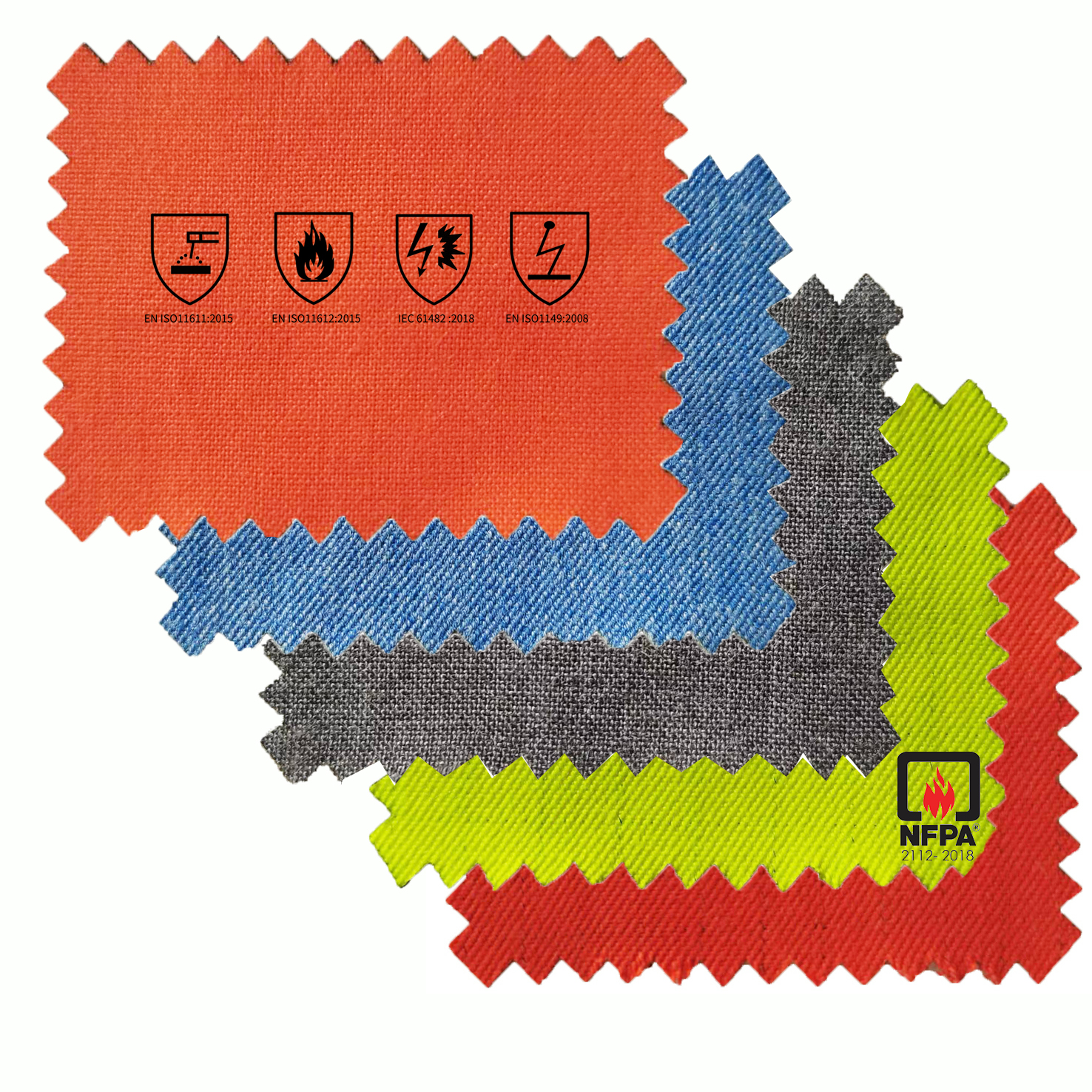
News
Fire Retardancy of Fabrics
- Categories:Company news
- Author:
- Origin:
- Time of issue:2013-05-31 00:00
- Views:
(Summary description)The good news is that the flammability of fabric can be drastically reduced through the use of fire retardants. Many natural fibers, including cotton, can be topically treated with a chemical that
Fire Retardancy of Fabrics
(Summary description)The good news is that the flammability of fabric can be drastically reduced through the use of fire retardants. Many natural fibers, including cotton, can be topically treated with a chemical that
- Categories:Company news
- Author:
- Origin:
- Time of issue:2013-05-31 00:00
- Views:
The good news is that the flammability of fabric can be drastically reduced through the use of fire retardants. Many natural fibers, including cotton, can be topically treated with a chemical that reduces the fabric’s flammability to the extent that it becomes nearly non-combustible. During a fire, the chemical reacts with the gases and tars generated naturally by the fabric, converting the gases and tars to carbon char, thus drastically slowing the fabric’s burning rate. Some polyester fabrics are considered permanently flame retardant. This is because the fabrics are manufactured utilizing fibers for which the flame retardant properties are built directly into the molecular structure of the fibers. Fabrics manufactured utilizing Trevira? and Avora? polyester fibers are considered inherently or permanently fire retardant. Other synthetic fabrics may be considered durably fire retardant, fire retardant, or non-fire retardant. “Durably fire retardant” refers to a process in which polyesters are chemically treated during the manufacturing process with a non-water soluble chemical. In other cases, synthetic fabrics may be topically treated with chemicals after the manufacturing process (in the same manner as natural fibers such as cotton), or may be untreated (or untreatable) and therefore considered non-flame retardant. When a fabric is designated as “inherently flame retardant,” “permanently flame retardant,” or “durably flame retardant,” the flame retardancy will last for the life of the fabric. The drapery can be laundered or dry-cleaned as recommended by the drapery manufacturer. In the case of fabrics that are designated as “flame retardant,” that have been topically treated with chemicals, the flame retardancy of the fabric will dissipate over time, particularly with repeated cleaning. These fabrics must be dry-cleaned with a non-liquid cleaning agent. Typically, the flame retardancy of topically treated fabric is certified for one year, though the actual length of time in which the treatment remains effective will vary based on the number of times the drapery is dry-cleaned and the environmental conditions in the location in which the drapery is used. It is recommended that topically treated drapery be re-tested for flame retardancy on an annual basis, and re-treated by a qualified professional as needed.
Recommended products








Copyright © Xinxiang Zhuocheng Special Textile Co., Ltd.
豫ICP备11016664号 Powered by www.300.cn
The website already supports IPV6








